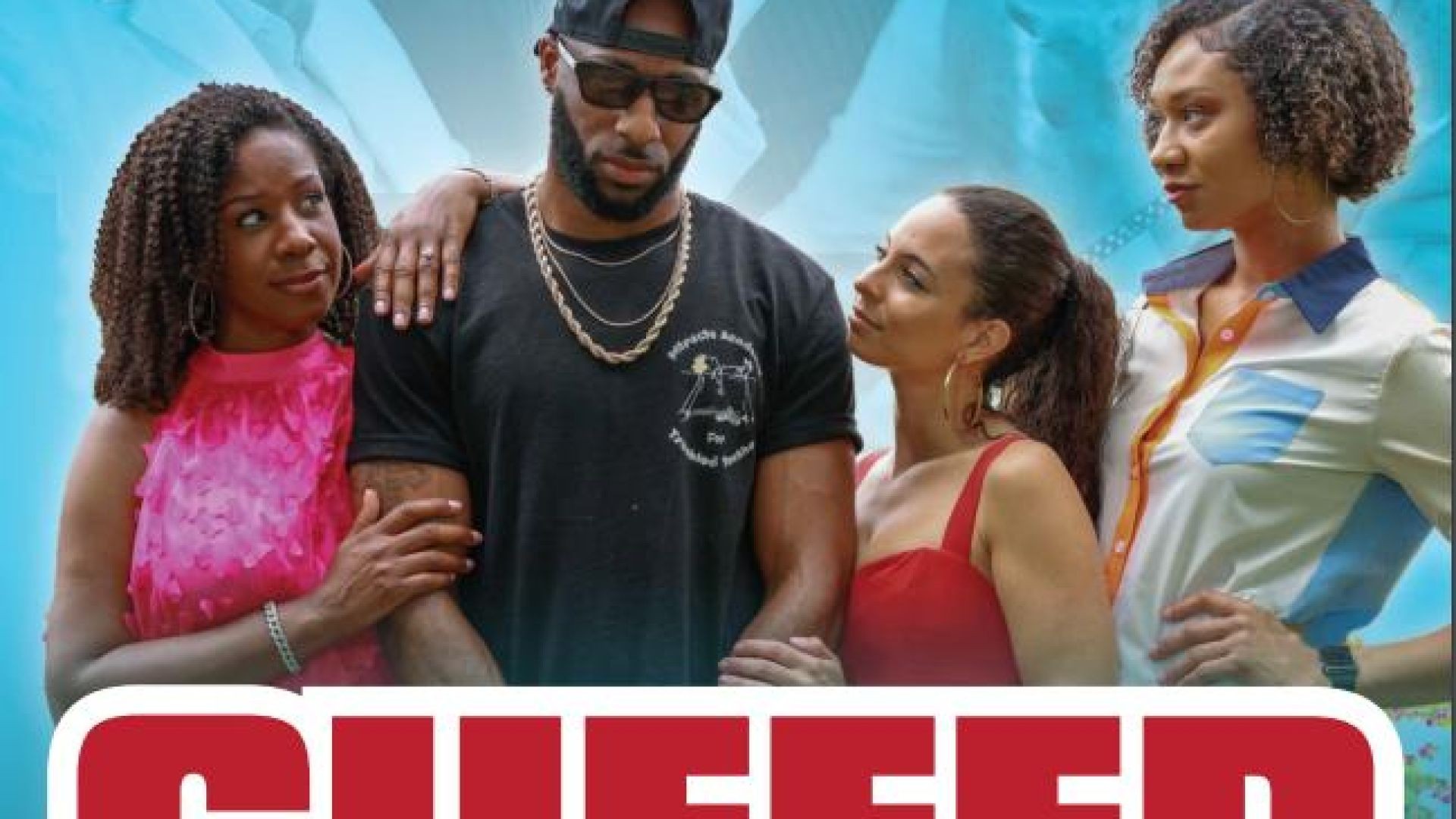Film directing is an art form that combines vision, creativity, and technical skill to bring stories to life on screen. Every director has a unique approach to filmmaking, which is reflected in their directing style. Understanding these different styles can help aspiring directors develop their own signature approach. In this article, we’ll explore various types of film directing styles and provide tips on how to master them.
1. Auteur Directing Style
Overview:
The auteur directing style is characterized by the director's personal influence and creative control over all aspects of the film. Directors who adopt this style often leave a distinct mark on their films, making them easily recognizable. They are involved in everything from writing the script to editing the final cut, ensuring that their vision is realized in every frame.
Notable Directors:
- Alfred Hitchcock
- Wes Anderson
- Quentin Tarantino
Tips for Aspiring Directors:
- Develop a unique voice: Focus on creating a signature style that reflects your personality and interests. Whether it’s through visual aesthetics, narrative themes, or character development, your films should have a distinct identity.
- Be hands-on: Get involved in every stage of production. The more control you have, the more your vision will shine through.
- Collaborate effectively: While maintaining control, collaborate with your team to ensure that your vision is understood and executed.
2. Collaborative Directing Style
Overview:
Unlike auteur directors, collaborative directors prioritize teamwork and input from other creative professionals. This style of directing involves trusting the expertise of cinematographers, writers, and actors to contribute to the storytelling process. The director acts as a leader who unifies these contributions into a cohesive film.
Notable Directors:
- Ron Howard
- Steven Spielberg
- J.J. Abrams
Tips for Aspiring Directors:
- Build strong relationships: Cultivate a supportive and open environment on set where everyone feels comfortable sharing ideas.
- Trust your team: Allow your crew to bring their expertise to the table. Listen to their suggestions and be open to new ideas.
- Communicate clearly: Make sure your vision is understood by everyone involved, but be flexible enough to adapt when needed.
3. Method Directing Style
Overview:
Method directing is closely related to method acting, where the director encourages actors to fully immerse themselves in their roles. This style often involves intense rehearsals, improvisation, and a focus on character development. Method directors aim to create authentic and emotionally charged performances.
Notable Directors:
- Stanley Kubrick
- Elia Kazan
- Paul Thomas Anderson
Tips for Aspiring Directors:
- Prioritize character development: Work closely with actors to deeply understand their characters' motivations, emotions, and backstories.
- Encourage improvisation: Allow actors the freedom to explore their roles and bring spontaneity to their performances.
- Be patient: Method directing can be time-consuming, but the results are often worth the effort. Give actors the time they need to fully embody their characters.
4. Visual Directing Style
Overview:
Directors with a visual style focus on the film’s visual elements, such as cinematography, production design, and special effects. These directors create visually stunning films that often rely on striking imagery and innovative camera techniques to tell the story.
Notable Directors:
- Christopher Nolan
- Ridley Scott
- Zack Snyder
Tips for Aspiring Directors:
- Master cinematography: Learn about camera angles, lighting, and composition. A strong visual style starts with understanding how to use the camera to convey emotions and themes.
- Invest in production design: Pay attention to the details in your sets, costumes, and props. Everything on screen should contribute to the film’s visual narrative.
- Experiment with special effects: If your film requires special effects, work with experts to create seamless and believable visuals.
5. Improvisational Directing Style
Overview:
Improvisational directing relies on spontaneity and flexibility, allowing the story and performances to evolve naturally. Directors who use this style often give actors minimal direction, encouraging them to improvise their lines and actions. This approach can lead to unexpected and authentic moments on screen.
Notable Directors:
- Robert Altman
- Mike Leigh
- Richard Linklater
Tips for Aspiring Directors:
- Create a relaxed environment: Ensure that your set is a space where actors feel comfortable experimenting and taking risks.
- Focus on casting: Choose actors who are skilled at improvisation and can think on their feet.
- Embrace uncertainty: Be open to changes in the script or story based on the improvisation. Sometimes the best moments happen when you least expect them.
6. Narrative-Driven Directing Style
Overview:
Narrative-driven directors prioritize storytelling above all else. They focus on crafting compelling plots and character arcs, ensuring that every scene serves the story. These directors are often meticulous about structure, pacing, and dialogue.
Notable Directors:
- Martin Scorsese
- David Fincher
- Aaron Sorkin (as writer-director)
Tips for Aspiring Directors:
- Study screenwriting: Understand the fundamentals of storytelling, including character development, plot structure, and pacing.
- Focus on story over spectacle: While visuals and performances are important, ensure that the story remains the heart of your film.
- Edit with purpose: In post-production, be ruthless in cutting anything that doesn’t serve the story, no matter how well it’s executed.
Conclusion
There’s no one-size-fits-all approach to directing. The best directors blend different styles, adapting their approach to the needs of each film. As an aspiring director, experimenting with these styles can help you find your unique voice and build a versatile skill set. Remember, the key to success is to stay true to your vision while remaining open to collaboration and new ideas. Happy directing!














